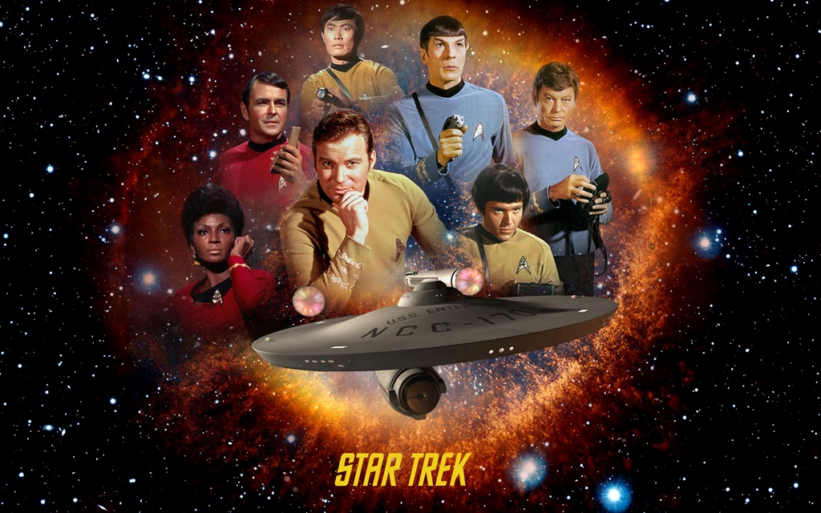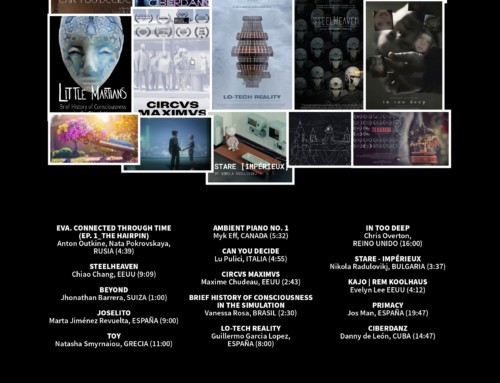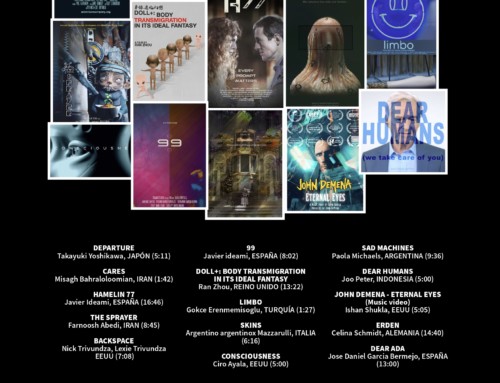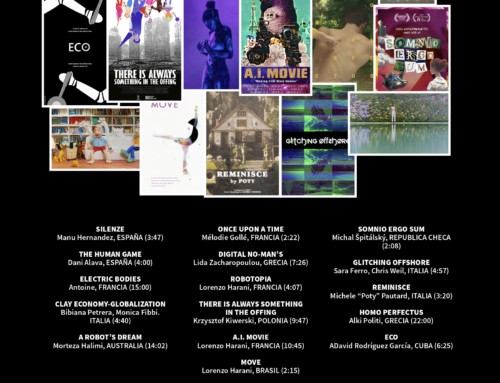Robotics and artificial intelligence have always walked hand in hand in science fiction. Besides being part of history, they serve as indicators of the technological progress in the exact place and time that the author wants to bring to the audience.
One of the largest and most popular science fiction universe is Star Trek, the creation of Gene Roddenberry for the TV of the sixties that conquered the big screen after converting the idea of a pilot episode for the relaunch of the series in a film after the overwhelming success of Star Wars in 1977. In this utopia that takes place in the 23rd century, humanity has made great achievements: every human being has its basic needs covered, they have achieved impressive technological milestones such as, for example, travelling faster than the speed of light, and they have achieved gender equality (as much as TV producers allowed at that time).
But what about the field of robotics and artificial intelligence in the original Star Trek series? Regarding technological singularity, moment when artificial intelligence and robots will be equal to or even surpass the human being, in the original series itself it has been reached, but ultimately this change has not been incorporated into the lives of contemporary people living in the 23rd century.
Technological singularity can occur in several ways, and two examples are shown in two episodes of the original series. On the one hand, the seventh episode of the first season, “What are little girls made of?” reflects the ability to download consciousness into a machine, in this case, an android that would be an exact replica made with really clever technology, which is, above all things, a visual delight for the viewer. This happens in one of the planets reached by the crew of the Enterprise, in this case to meet the allegedly late Dr. Korby.
In another example, however, as shown in the episode “Best Computer” (episode twenty-four of the second season) is the Federation itself who takes the initiative to create a sufficiently powerful and intelligent computer to assume the functions of an entire starship crew. Of course, the Enterprise is the ship chosen to test this disturbing technological wonder called M5.
In both cases the evolution of these artificial intelligences is aborted, so that this utopian future which, among other things, is characterized by the essential role of humans, necessary to carry out the most important tasks and decisions. In today’s society, the introduction of increasingly powerful machines and computers is leaving many people unemployed. And it is not just in terms of less skilled jobs. Artificial intelligences also threaten the need for a large number of human university professors, journalists or scientists as Martin Ford reflects in in his book The Rise of the Robots , which has the disturbing subtitle Technology and the Threat of a Jobless Future .
Nowadays we are at a historical turning point. The direction in which the steps of technological development are going, influenced, moreover, by social, economic and political factors, will be vital to mark the future of the human species and the entire planet. Star Trek is a rich mirror in which we can look at ourselves and find inspiration to move in the direction of a more fair and friendly world for all of us. In the Star Trek series which were made later, unlike in the original series, we often see intelligent robots in equal conditions playing roles that had been intended only for humans in the past, like the archetypal android Data from the series Star Trek: the Next Generation (1987-1994). Even with the addition of technological singularity, they have succeeded.
Note: For narrative simplification, under the term “human” are also included Vulcans and all alien life forms belonging or related to the Federation of Planets.
Image Attribution: http://1darthvader.deviantart.com/art/Star-Trek-The-Original-Series-386909005
Translated by Olga Lledó Oliver










Leave A Comment